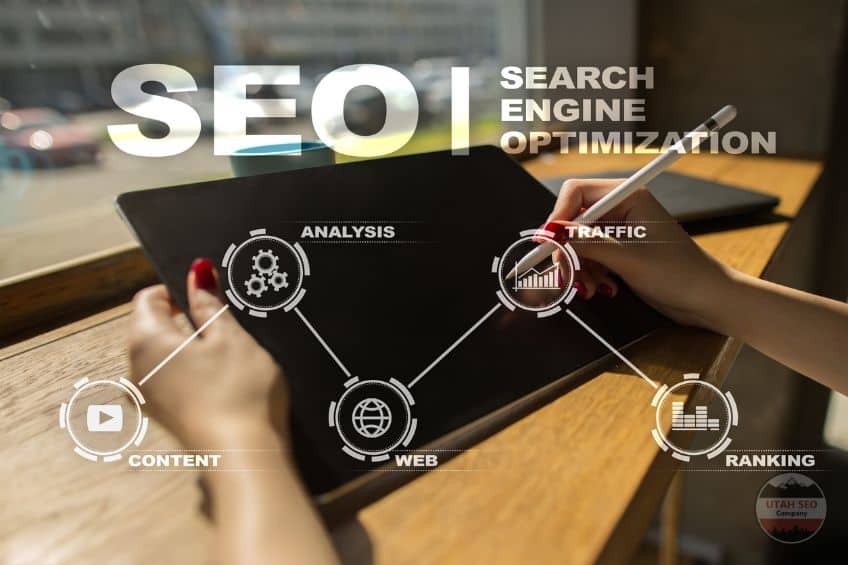
If you're investing in SEO but not seeing the results you expected, your website may be suffering from thin content. This often-overlooked issue refers to pages that offer little or no real value to users—and it can quietly sabotage your rankings. Whether you’re a local service provider or an e-commerce brand, content that lacks depth and usefulness sends the wrong signals to search engines.
As a business owner, your website is one of your most powerful marketing tools. But if your content isn’t working hard for you, it could be costing you traffic, leads, and visibility.
Thin content isn’t always obvious. It doesn’t necessarily mean your page is empty—it means it’s lacking substance. These are pages that fail to answer a question, deliver value, or serve a clear purpose. Google’s Search Essentials guidelines emphasize the need for original, people-first content that provides helpful information.
Some common examples of thin content include:
These types of pages tend to perform poorly in search, frustrate users, and contribute to an overall drop in domain authority over time.
Search engines are designed to promote content that provides the best answer to a user’s question. When your site is filled with shallow, low-effort content, it signals that your site might not be the best result to show. Thin content can reduce your organic traffic, lower keyword rankings, and even increase bounce rates—especially if users quickly realize your content isn’t what they need.
Over time, Google may crawl and index fewer of your pages if they appear low-value. This is particularly risky for businesses relying on local visibility in competitive markets like Utah, where search intent is high and users expect relevant, well-written information.
If you suspect your site might be suffering from thin content, the first step is a professional content audit. This helps identify which pages may be underperforming and why. Look for pages with low word counts, poor engagement, duplicate phrasing, or outdated information.
At Utah SEO Company, we help businesses like yours assess their current content, uncover hidden weaknesses, and build a plan to replace filler with high-quality, high-performing assets. Whether it’s reworking blog posts, consolidating similar pages, or updating core service descriptions, we’ll guide you through a content strategy built for growth.
High-quality content isn’t about stuffing in keywords—it’s about delivering meaningful information that speaks to your audience. When your website consistently answers questions, solves problems, or educates readers, it earns trust—and higher rankings. Over time, that translates into more traffic, more qualified leads, and better brand authority.
Don’t settle for filler content that just takes up space. Invest in content that works as hard as you do.